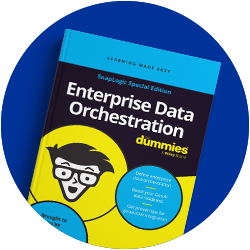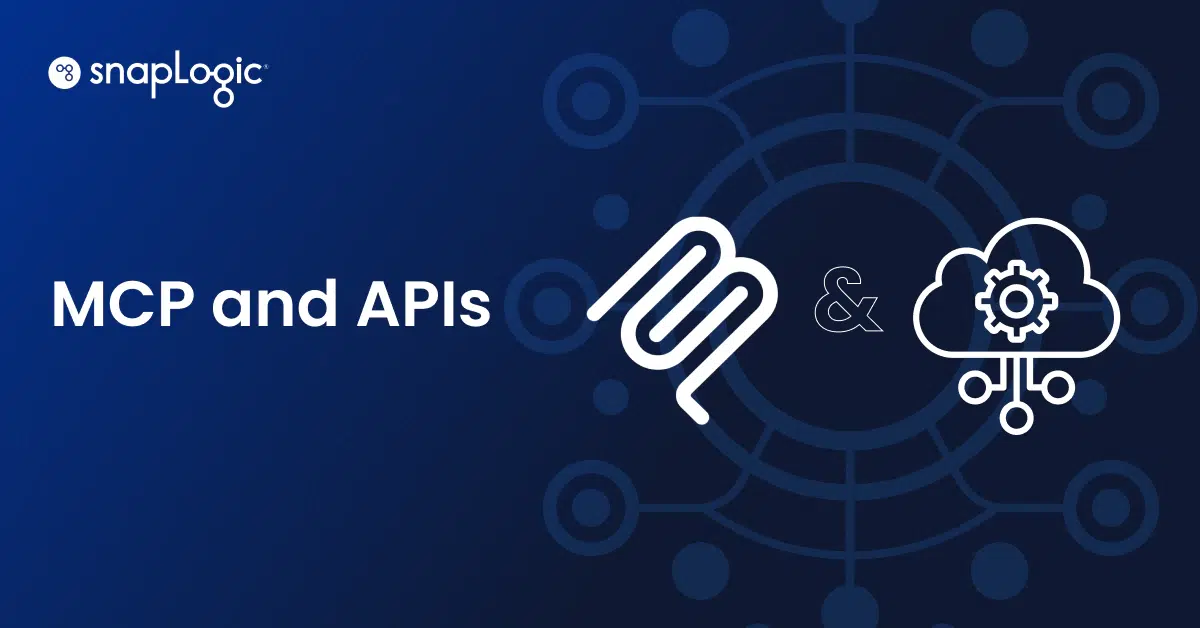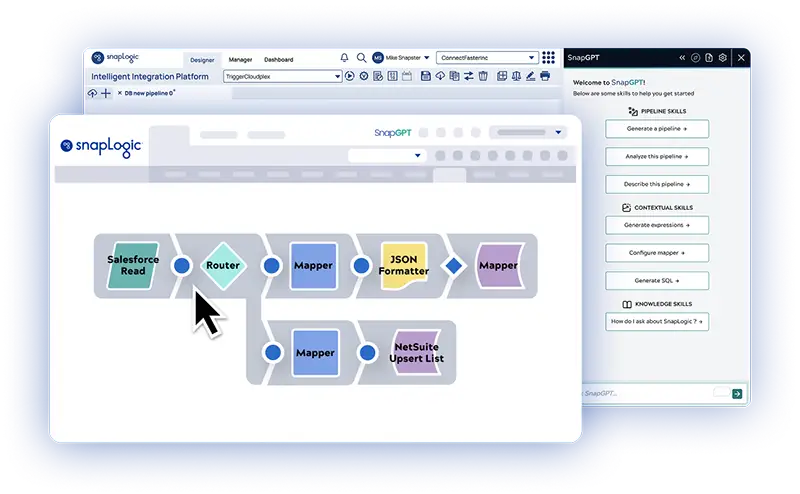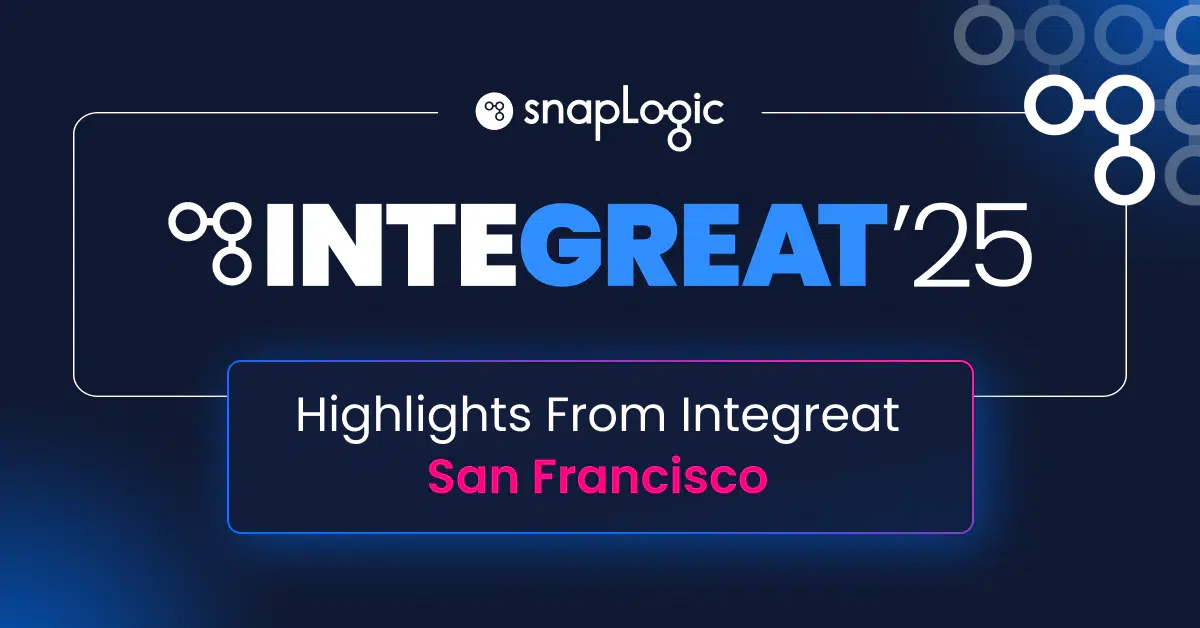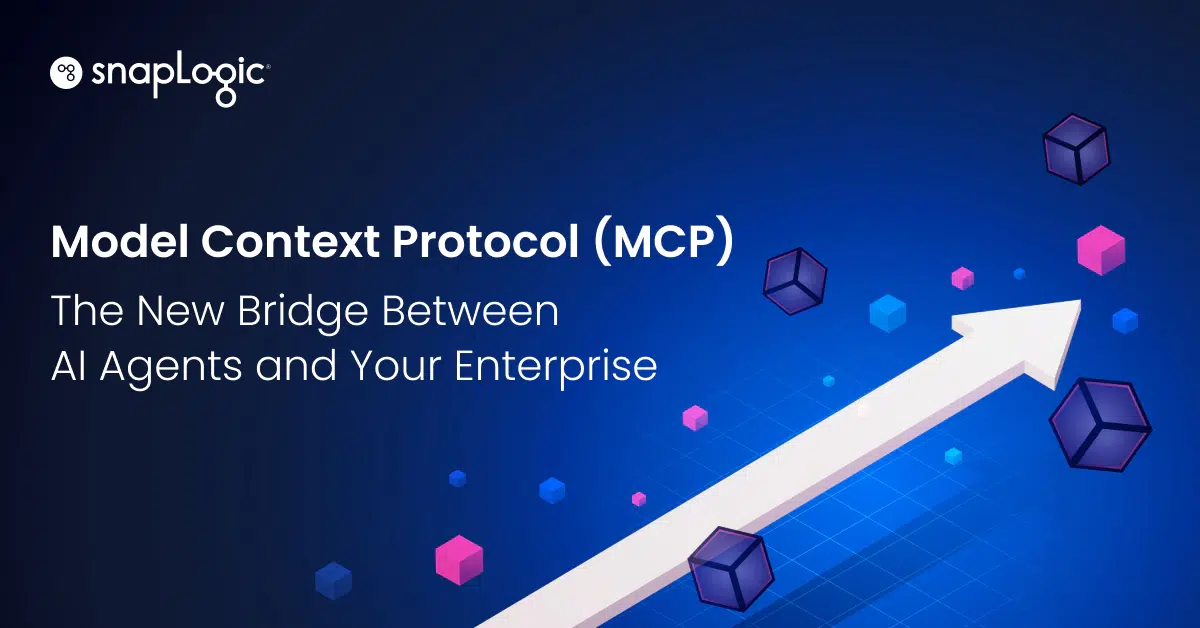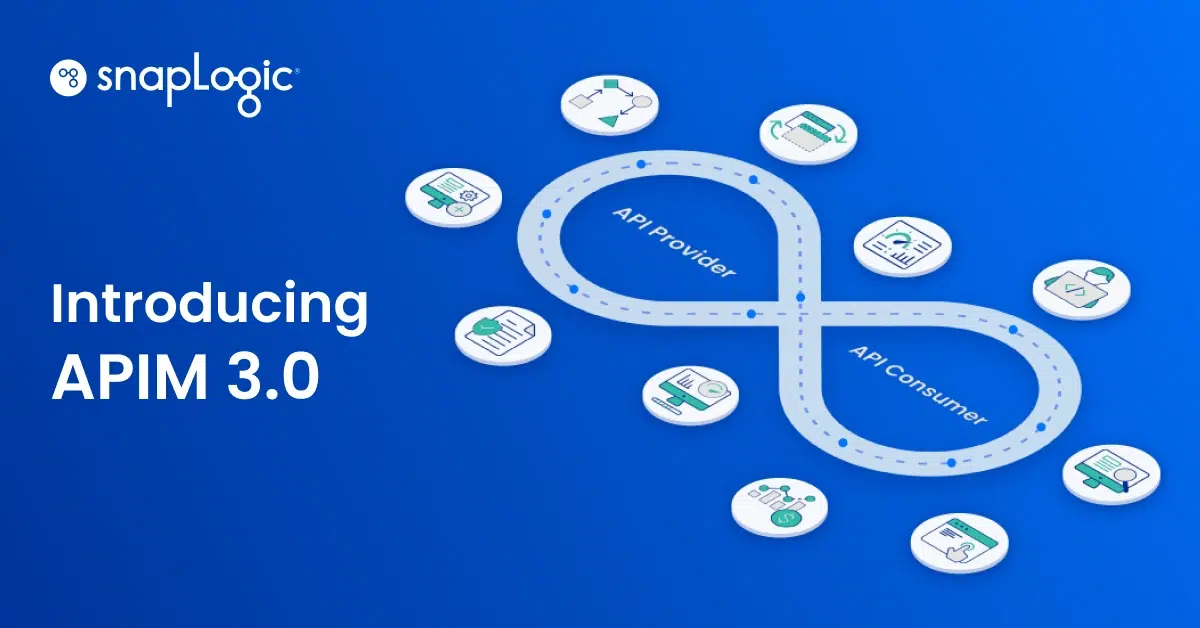In the hyperconnected enterprise landscape, seamless integration of business systems is critical for delivering exceptional customer and employee experiences.
While APIs have long served as the backbone of interoperability (enabling reliable, stateless data exchange), the Model Context Protocol (MCP) introduces context-aware, adaptive workflows that preserve continuity across complex interactions.
Far from being competitors, APIs and MCP are complementary:
- APIs provide the transactional foundation
- MCP orchestrates personalized, multi-step capabilities
Together, they empower enterprises to modernize systems, streamline operations, and deliver intelligent, context-rich experiences at scale.
What are APIs?
An Application Programming Interface (API) is a well-defined standard method that allows software systems to communicate seamlessly. By providing a standardized set of rules for requests and responses, APIs enable developers to access data or functionality from other systems without needing to understand the internal workings of those systems.
Over decades, APIs have become the backbone of modern digital infrastructure, powering everything from e-commerce transactions and social media integrations to cloud services and real-time analytics. Their stateless design ensures each request is fast, predictable, and reliable, making APIs the go-to solution for transactional operations that demand consistency.
APIs also empower enterprises to connect disparate systems into a cohesive ecosystem. Whether integrating legacy databases, third-party SaaS tools, or microservices, APIs provide a universal technique that allows data and functionality to flow efficiently.
This ability to standardize access, automate processes, and scale reliably has made APIs indispensable in driving innovation, accelerating digital transformation, and enabling the seamless experiences users and businesses need.
Where do APIs excel?
APIs remain indispensable due to their simplicity, maturity, and universality. They work best in these specific areas:
- Transactional and stateless operations: APIs thrive in scenarios where a single request produces a complete, predictable response, such as payments, stock checks, or data retrieval.
- Third-party and public integrations: APIs connect enterprises to global services like payment gateways, shipping providers, and SaaS tools.
- Microservices and modular architectures: APIs enable loosely coupled, scalable systems where independent services communicate efficiently.
- Data access and interoperability: APIs standardize access to disparate systems, from legacy databases to cloud platforms.
- Ecosystem and maturity: Tools, governance frameworks, and monitoring solutions provide enterprises with proven reliability.
In addition to just raw APIs, the wrapping of APIs into connectors like SnapLogic Snaps, makes it easier to use them. It abstracts away much of the complexity while preserving the parameters for customization. Coupled with a drag-and-drop interface, building pipelines and integrations becomes faster.
In short, APIs, and associated connectors, provide a universal, dependable, and scalable foundation for enterprise connectivity.
The Model Context Protocol (MCP): dynamic discovery for the agentic era
Ask any integration developer working with large language models (LLMs), and they’ll tell you the hardest part isn’t training the model; it’s connecting it. Every new data source, API, or tool requires custom code and configuration. As AI systems expand, that complexity scales fast.
Enter the Model Context Protocol (MCP), a new open standard designed to make AI-tool interoperability dynamic, conversational, and automatic.
Traditionally, developers spend hours (or days) building custom “glue code” so that models can talk to enterprise systems. Each connection must define its own inputs, outputs, and context. MCP replaces this brittle approach with dynamic capability discovery. Instead of needing to know how to talk to a tool ahead of time, an AI agent can simply ask:
“What can you do?”
“How do I use you?”
This two-way conversation allows the LLM and the tool to automatically establish how they’ll work together, without requiring manual API wiring.
The result? AI systems that can flexibly find, understand, and use enterprise services and data as they evolve.
How MCP works
MCP creates a standardized layer of communication between AI models and the tools they use. Once a connection is established, the LLM immediately knows what the tool does and how to call it, including all capabilities, parameters, and resource details.
Under the hood, MCP automatically manages:
- Session setup and lifecycle management
- Capability and resource discovery
- Tool description and metadata
- Prompt and notification handling
- Communication channels and message framing
- Authorization and connection management
This abstraction dramatically reduces complexity for developers. Instead of hardcoding integrations, they can focus on higher-level orchestration and innovation. Want to swap one service for another? Just replace the MCP endpoint. No refactoring required.
What are the benefits of MCP for AI?
At SnapLogic, we see MCP as a foundational enabler of agentic integration, where AI agents continuously design, build, and manage integrations on behalf of the enterprise.
MCP provides the common language these agents need to operate seamlessly across tools, APIs, and data systems. It helps them dynamically discover and use capabilities in real time, accelerating modernization and reducing the cost of connectivity.
This is how the enterprise becomes truly AI-ready: with systems that not only integrate but understand how to integrate.
Here are some benefits of using MCP for AI:
- Accelerated development for LLM and tool usage (dynamic communication of capabilities)
- Simpler maintenance tool selection and replacement (No custom glue code)
- Inputs and outputs optimized for LLMs
- Works well in situations for LLMs orchestrating dynamic workflows and requests
For businesses with automated workflows, data silos, and critical business processes, surfacing those entities is simplified.
For example, consider a custom data product that includes the attendees of a webinar. An iPaaS platform could modify the workflow and expose it as an MCP server where an LLM can better interact and leverage that data. A user could simply ask, “Which of the attendees from the webinar have already taken a demo or are signed up for a demo? Create two lists, one for customers and one for prospects.”
Much easier than running multiple reports across multiple databases to get the same answers.
The future of integration is conversational
The MCP represents a step toward self-adapting integration. As AI agents become more capable, they’ll rely on protocols like MCP to navigate increasingly complex enterprise landscapes without human intervention.
Instead of coding connectors and maintaining brittle APIs, integration teams will guide AI systems with context and policy, while the agents handle discovery and execution. For developers and IT leaders alike, that means less time managing connections and more time creating value.
The future of integration isn’t static. It’s conversational, intelligent, and agentic. And MCP is the protocol helping to make it real.
How do MCP and APIs work together?
The true power of enterprise integration emerges when APIs and MCP work together. APIs execute with precision and consistency, meaning that transactional operations such as fetching data, updating records, or provisioning services are predictable. LLMs bring the capability of thought, understanding, and decision-making.
MCP is the communication system that brings it all together. An analogy would be the human body, specifically, the brain (LLM), the muscles (APIs), and the nervous system (MCP). They are all working together toward a common goal. When you need to walk, the brain selects the right set of tools (leg, feet, and arm muscles) and sends the commands (nervous system) to do it.
A marketing example
Let’s take our webinar example again, but include the attendee list, chat logs, and Q&A data being fed into an AI agent. Instead of sending generic follow up emails, the marketing team wants to send out individual emails, but with the following unique personalization:
- Customized content based on an attendee’s emotional sentiment, engagement level, questions presented, and interactions with the audience and presenters.
- Include 3-5 assets (from catalog of 300+ assets) based on attendee job role, company vertical, questions asked, and comments stated during the event.
- Recommended local or virtual events they may be interested in based on their past event enrollment and assets they have looked at.
An LLM in a workflow could be prompted to select the most relevant assets from the catalog. To do this, the LLM could connect to a sales database using APIs to fetch a user’s marketing profile record. That would include items such as what assets they have viewed, events they have attended, and other engagement activities (questions and chat interactions).
Based on the individual’s profile and a well-crafted prompt, the LLM could then select a tool (MCP server that interfaces into the asset repository) to select relevant assets to send. The LLM would have a series of dynamic queries into the tool, asking:
- Repository assets metadata
- Fetching a bulk list of possible assets
- Shortlist the assets based on common attributes (popularity, vertical, age, open rates, etc)
- Refine the list of relevant assets based on personal questions and comments
Once the marketing nurture assets are decided, additional steps (such as selecting events, crafting a personalized email, and sending it out) could all be accomplished through a combination of APIs or interactions with other MCP servers.
How to build the necessary automation
To build this automation, a multi-step process needs to be constructed.
- Clean, transform, and load the data into the necessary databases
- Expose databases as custom data products
- Leverage AI agents and workflows
- Update systems for relevant status
- Notify necessary stakeholders
- Craft and send communications
These process steps are implemented as various pipelines, actions, data pull & pushes, along with decision points and business logic. If that sounds like an integration platform (iPaaS), you are right.
This requires an integration platform like SnapLogic that can build pipelines, manipulate data, create and expose data products, create and leverage MCP servers, and create managed APIs that MCP servers need to function.
Sometimes those pipelines need to be exposed as APIs, which SnapLogic does, and other times multiple pipelines and flows need to be exposed as an MCP server, which SnapLogic does too.
FAQ: MCP and APIs
Here’s some additional food for thought:
No, APIs and MCP are both needed. There are areas of overlap where an MCP server may replace an integration created strictly through APIs, but those will be on a case-by-case basis.
The Model Context Protocol (MCP) is specifically designed and tuned to address the needs of LLM applications to standardize communication, tool selection and use. APIs are general-purpose interfaces for integration. The concept has evolved over the decades and is the de facto standard for integration.
Actually, yes. If you dissect an MCP server it interacts with APIs on the backend. The front end is optimized for interactions with an LLM. One can think of an MCP server as a wrapper.
The creation of an MCP server requires development work of either code or a no-code integration platform like SnapLogic. SnapLogic provides a drag-and-drop interface and API creation capabilities to streamline enterprise MCP server creation. The MCP server will most likely be one or more SnapLogic pipelines that feed into the desired functionality.
This is a complex question that isn’t straightforward. Use of MCP servers means that an LLM is being used. That means AI tokens are being consumed or infrastructure with expensive GPUs is being leveraged. APIs have no additional run-time cost beyond traditional compute resources.
Yes, but this depends on business processes and ownership. Here are some benefits of a single platform that enables the creation of MCP servers, data products, integration needs, and APIs.
- Consolidated and streamlined policy creation and enforcement
- Simpler initial designs and builds of pipelines and MCP servers.
- Easier maintenance and lifecycle management – consolidated technical assets in one system
- Consolidated reporting, analytics, and metrics
The following is a great resource on the MCP architecture.
MCP and APIs are complementary
The debate isn’t really about “APIs versus MCP.” It’s about how to use them together to build the next generation of digital experiences. APIs lay the transactional foundation. They are reliable, scalable, and universally understood, while MCP builds upon that, weaving those transactions into intelligent, stateful journeys that adapt to user needs and business context.
Both are needed, and quickly creating automations is simplified when leveraging a unified automation platform that includes creation of MCP servers, API management, and agnostic LLM usage, while also providing access to AI-ready enterprise data.
Key takeaways for the business from MCP and APIs:
- Wrapping and exposing processes and pipelines for improved access across the enterprise
- Greater ease of use of information, helping to eliminate data silos, making data available
- Modularity of your custom data products, allowing greater flexibility
- Faster business insights for decision making
To learn more about how to create MCP servers on SnapLogic, check out the MCP technical blog article or this MCP Webinar recording, available on demand.

